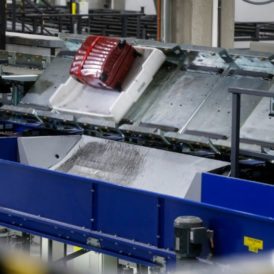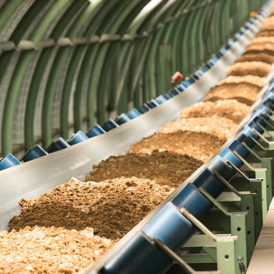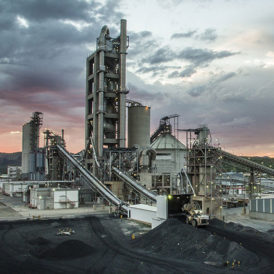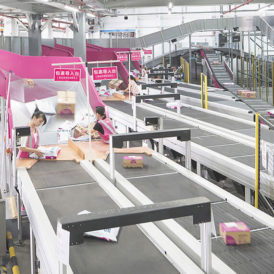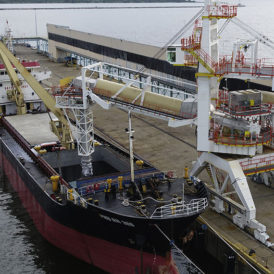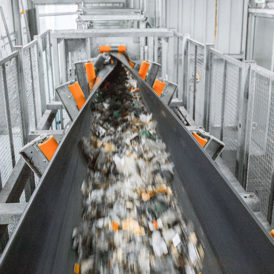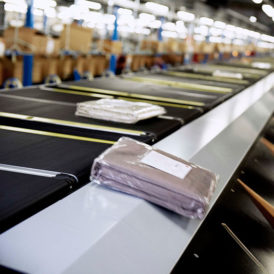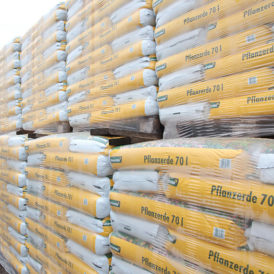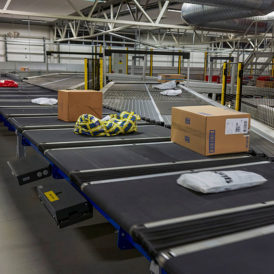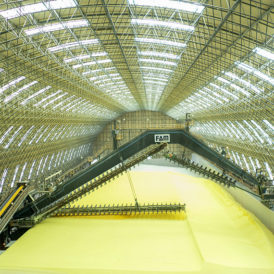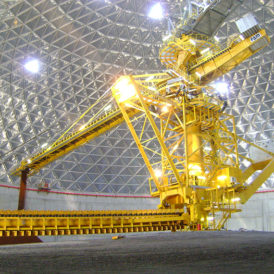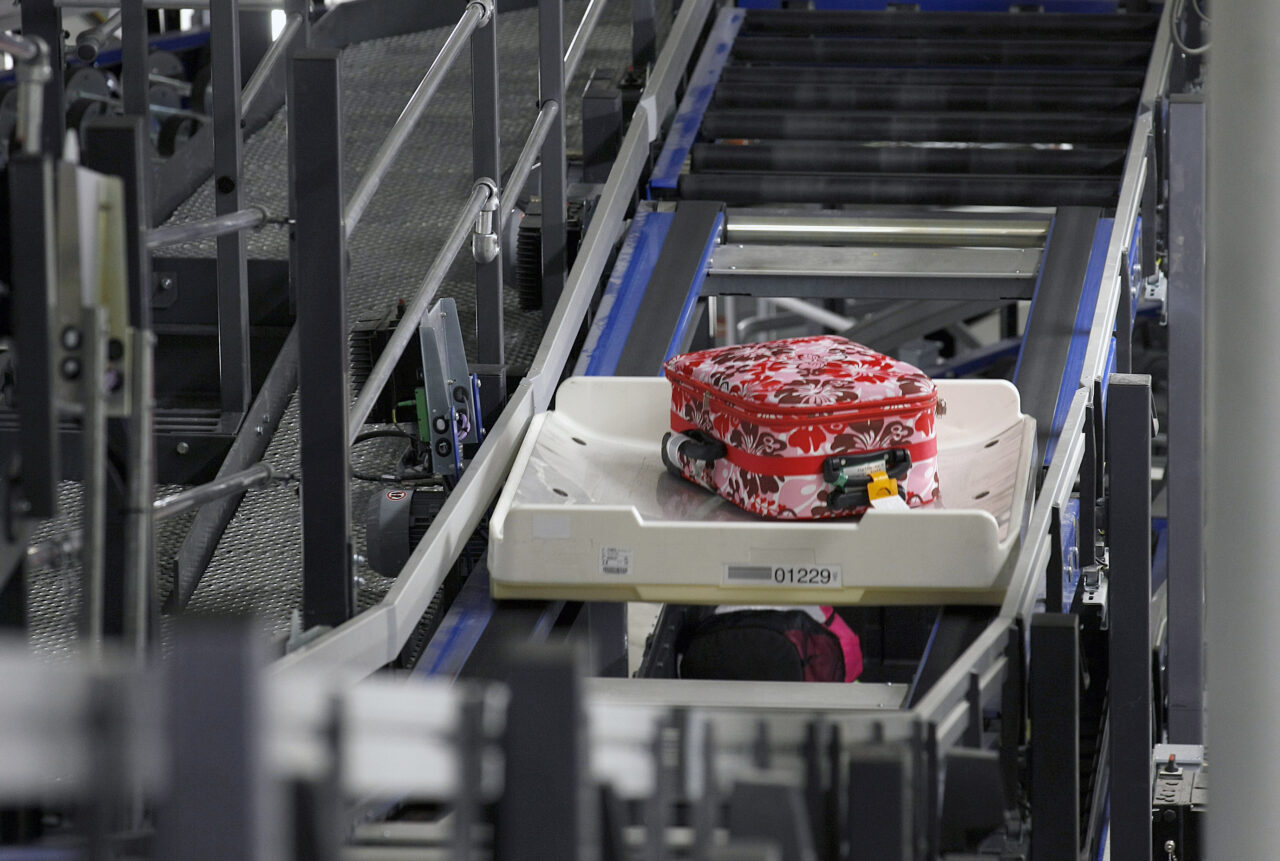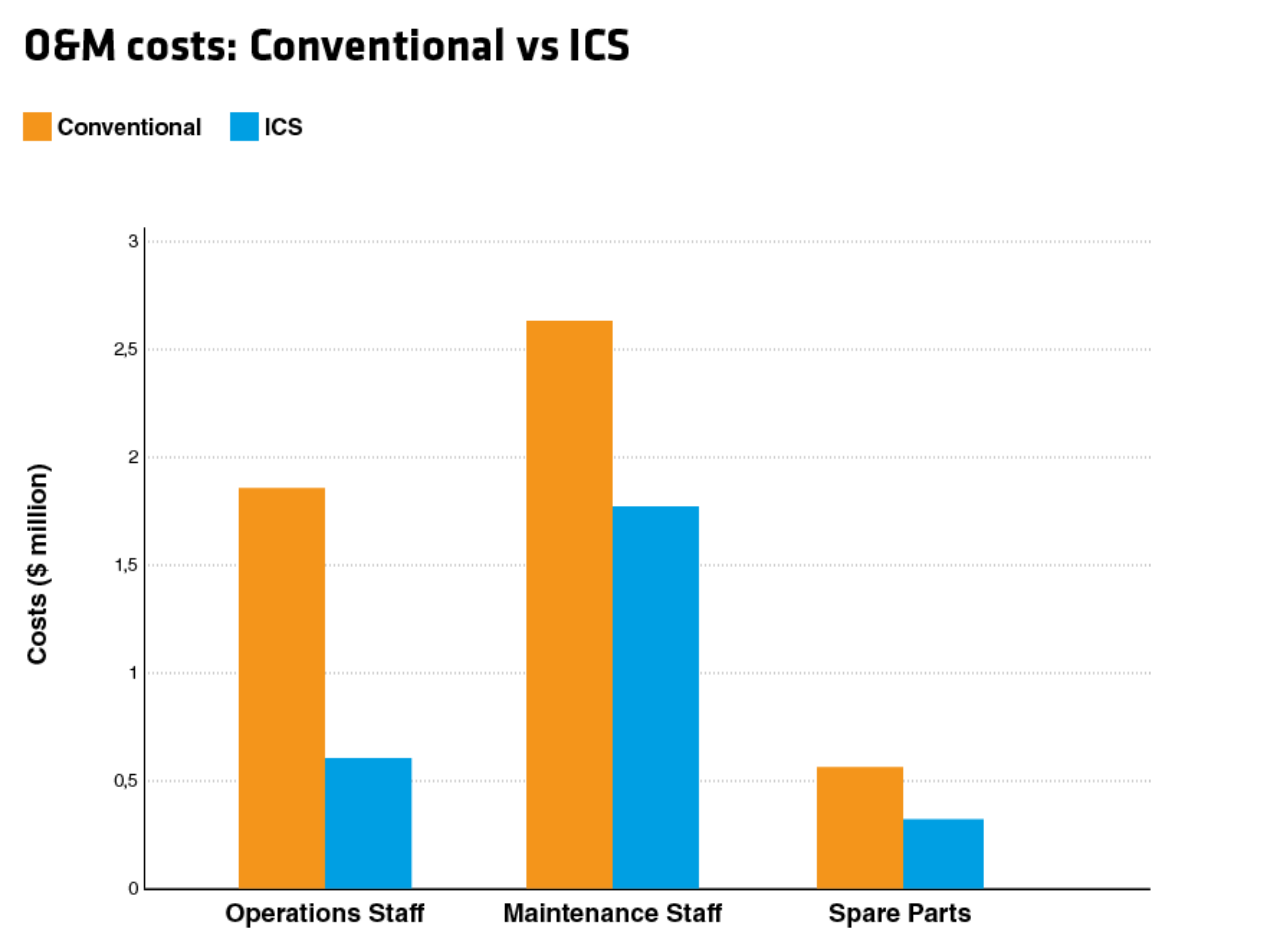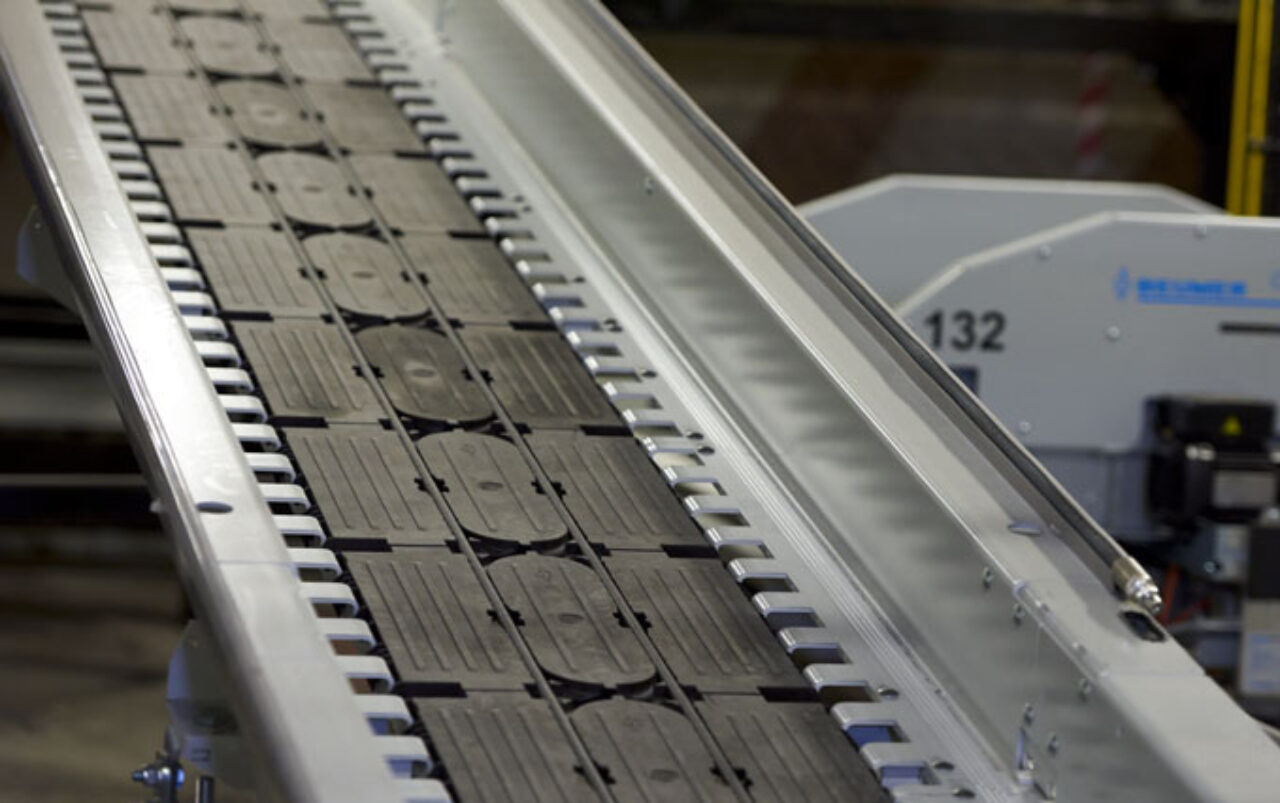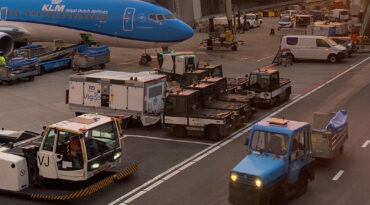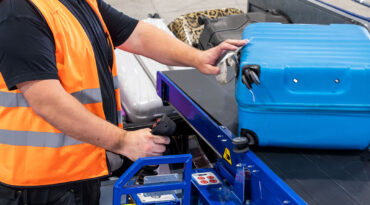Spare parts are a key consideration for any airport investing in a new Baggage Handling System (BHS).
As this article will demonstrate, it is important for an airport to have a clear understanding of all spare part requirements over the life-cycle of the system – especially when comparing a conventional conveyor to an ICS.
Spare part efficiency will have a huge impact on both operations and costs, so it is vital that airports fully appreciate the benefits and drawbacks of both types of system, throughout the life-cycle, before making an investment.
Easy maintenance: ICS vs conventional conveyor
Compared to a conventional conveyor, an ICS is much easier to maintain and repair.
Firstly, there is not as much work – and it is very rarely critical work thanks to predictive maintenance.
Secondly, the work is easier to carry out: the spare parts are more accessible and easy to handle, and the modular design of the ICS enables easy access from either side.
ICS requires significantly less maintenance work
Airports switching from a conventional conveyor-based BHS system to an ICS can make vast resource savings.
For example, some conventional conveyor systems will use many types of gearboxes and they, along with all the system’s bearings, will need regular oiling.
An ICS does not use gearboxes and its bearings are all sealed – a huge reduction in maintenance work.
Predictive maintenance raises convenience levels
Using predictive maintenance, it’s extremely rare that a technician might have to carry out a repair on an ICS to get the system running again. More likely, ICS maintenance and repairs are scheduled during planned downtime.
Instead of servicing the hardware, O & M specialists will spend most of their time preoccupied with collecting and analysing data.
The data enables predictive maintenance, so maintenance can be condition-based. This means that technicians need not be on call all the time.
Typically for a conventional conveyor, maintenance is calendar-based or when breakdowns occur, so the technicians need to be on call 24-7.
ICS’s clever design makes maintenance easier
The clever design of both a tote-based and cart-based ICS will always enable fast maintenance, even if there is rarely any extreme pressure to carry out the work quickly.
A tote-based ICS has considerably fewer spare parts than a conventional conveyor – roughly speaking, 100 vs 1,000 – of which all are easy for just one technician to handle.
Some of the conventional conveyor belts are understandably very heavy (a 100×2,500 cm belt would weigh 150 kilos vs barely 10 kilos for a tote-based ICS) and they accordingly need heavier pulleys (100 vs 10-15 kilos for a tote-based ICS) and motors (50-80 vs 11-12 kilos) to power them, plus a minimum of two technicians to handle and service them.
The range of all of these items is vast, whereas for a tote-based ICS, there are only a handful of different pulleys and motors. A large number of items – for example, timing belts and drums – are uniform.
A cart-based ICS has even fewer spare parts. The carts run on a rail system that is virtually maintenance-free and there are no moving parts.
Meanwhile, a central service station enables easy cart maintenance while the system remains in operation – the control system will automatically flag when a cart is in need of service and reroute it to the maintenance station, leaving the system to carry on with baggage handling. Once the cart has been serviced, it can resume operations.
